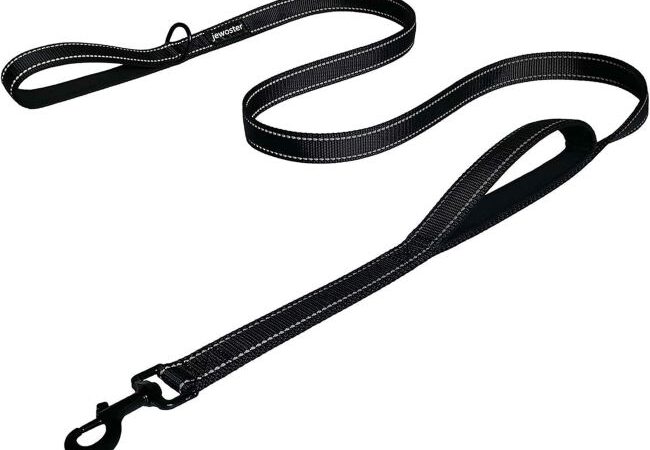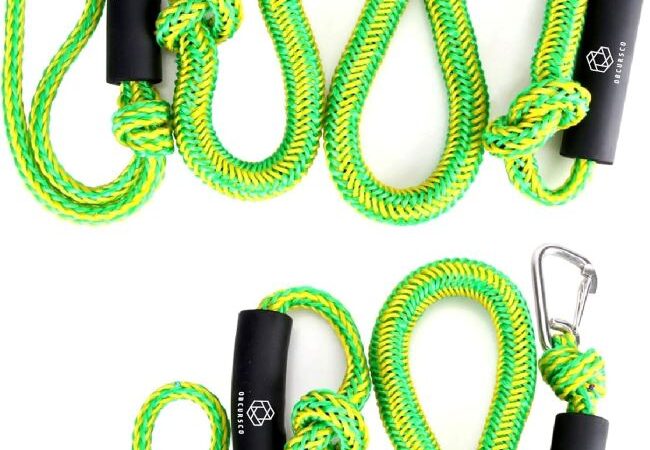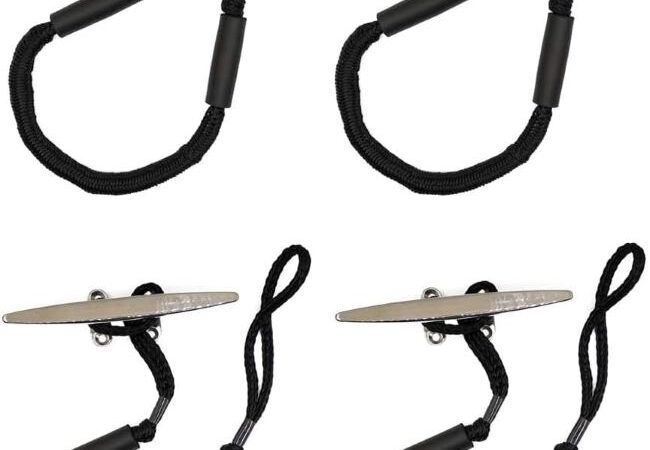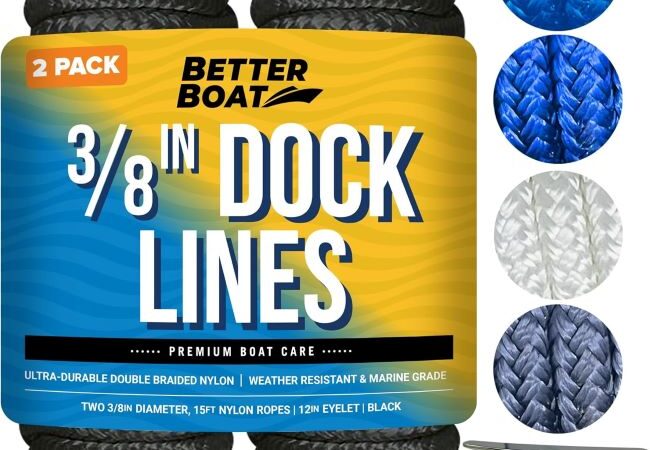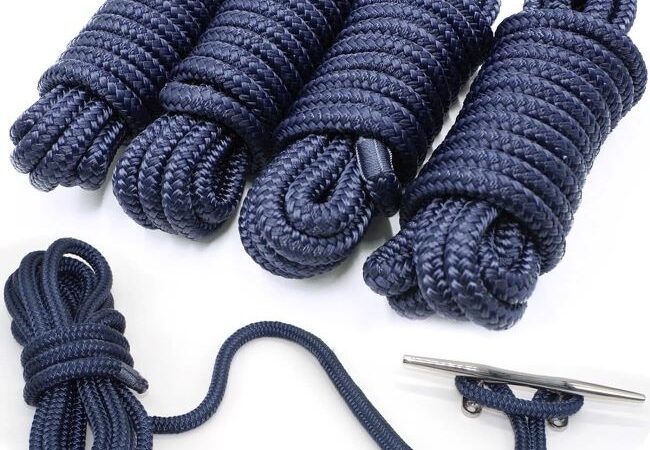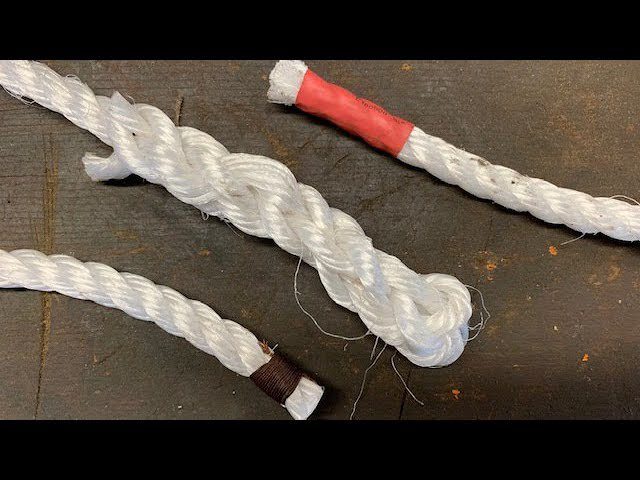
How to Stop Climbing Rope from Fraying: Ultimate Tips
To prevent climbing rope from fraying, seal the ends with heat or use a rope protector. Proper storage and maintenance also play a crucial role.
Contents at a Glance
ToggleClimbing ropes are essential for safety in climbing sports, and their durability is paramount. A frayed rope not only compromises safety but also the climber’s peace of mind. Taking steps to avoid such wear and tear extends the rope’s lifespan and ensures climbers can trust their equipment.
This includes measures like proper coiling, using rope bags, and regular inspections for damage. Attention to these details not only enhances safety but also maximizes your investment in climbing gear. As climbers rely on their ropes for protection, understanding and implementing preservation techniques is as critical as the climb itself.
The Perils Of Frayed Ropes
The Perils of Frayed Ropes can’t be overstated. Climbers trust their ropes with their lives. A frayed rope is a disaster waiting to happen. Understanding the risks and signs of wear is crucial. Proper rope care extends its lifespan and ensures safety.
Hidden Dangers Of Frayed Climbing Ropes
Frayed climbing ropes pose significant risks. They might seem fine on the surface, but internal damage can be catastrophic. A frayed rope can snap under pressure, leading to serious accidents.
- Reduced strength: Fraying weakens ropes.
- Unpredictable failure: Damaged ropes can fail without warning.
- Compromised safety: Every fray is a potential fall.
Telltale Signs Of Wear And Tear
Spotting the signs of wear and tear is vital. Regular inspections help detect issues early. Look for these indicators:
| Sign | Description |
|---|---|
| Visible Strands | Exposed core strands mean immediate retirement. |
| Rough Texture | A rope should be smooth. Roughness indicates damage. |
| Discoloration | Color changes can suggest wear or UV damage. |
| Sheath Slippage | When the sheath moves independently of the core, it’s unsafe. |
| Flat Spots | Flat areas may mean broken core fibers inside. |
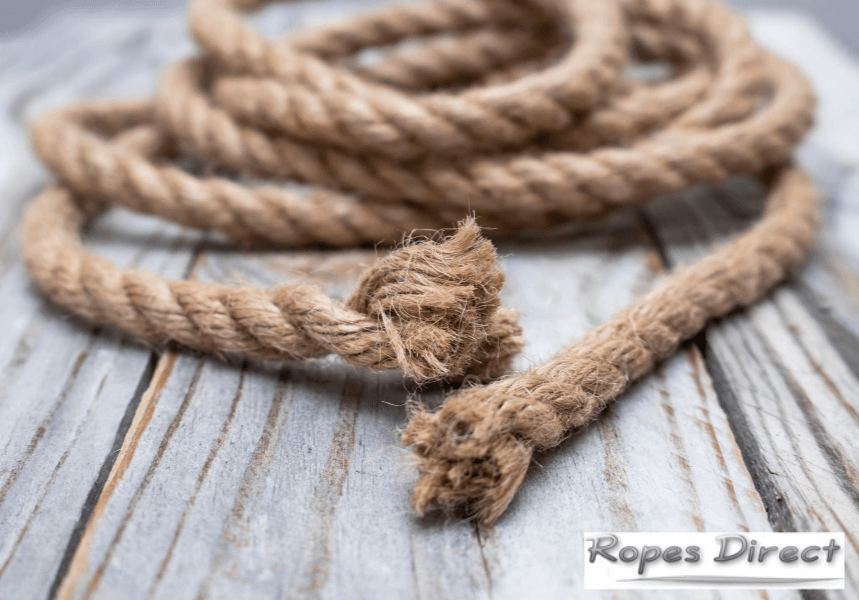
Credit: www.ropesdirect.co.uk
Material Matters
When it comes to preventing your climbing rope from fraying, the type of material it’s made of is crucial. Different materials offer varied levels of strength, flexibility, and resistance to wear. Knowing what your rope is made of can help you make the right choice for durability and longevity.
Rope Fibers And Durability
Climbing ropes come in various fibers, each with unique qualities. Common materials include nylon, polyester, and Dyneema. Nylon is stretchy and absorbs shock well, making it ideal for dynamic climbing ropes. Polyester is less stretchy and more UV-resistant, while Dyneema boasts exceptional strength and lightness but can be prone to abrasion. Choose a rope with a tight, thick sheath to reduce fraying.
Choosing The Right Rope For Longevity
Selecting a climbing rope that balances durability with performance is essential. Consider the type of climbing you do most. For indoor or short, sport climbs, a thinner rope may suffice. Longer, outdoor climbs demand a thicker, more durable rope. Inspect the rope’s specifications, paying attention to the fall rating and sheath proportion. A higher fall rating and thicker sheath contribute to a rope’s lifespan.
| Rope Type | Material | Best Use | Sheath Thickness |
|---|---|---|---|
| Dynamic | Nylon | Outdoor Climbs | Thick |
| Static | Polyester/Dyneema | Rescue/Hauling | Variable |
| Specialized | Dyneema | Alpine Climbs | Thin |
- Inspect ropes regularly for signs of wear and tear.
- Avoid sharp edges and rough surfaces during use.
- Store ropes away from sunlight and chemicals.
Remember, no rope is indestructible. Regular maintenance and proper care will extend your rope’s life, ensuring your safety and the quality of your climbs.
Proper Rope Storage
Proper rope storage is crucial for maintaining the integrity of your climbing rope. Keeping your rope in top condition helps prevent fraying. This section will guide you on how to store your rope correctly.
Optimal Storage Conditions
Ensuring the right conditions for storing your rope can significantly extend its life. Follow these tips:
- Keep it dry: Store your rope in a dry place to prevent mildew and rot.
- Avoid sunlight: UV rays can weaken the rope fibers over time.
- Maintain temperature: Excessive heat or cold can damage the rope. Room temperature is best.
- Hang or coil: Either hang your rope loosely or coil it neatly to avoid kinks.
Common Storage Mistakes
Avoid these common mistakes to keep your rope from fraying:
- Don’t store wet: Storing a damp rope can lead to mildew.
- Avoid tight coils: Tight coiling can cause permanent bends.
- Keep away from chemicals: Harsh substances can corrode the rope fibers.
- Don’t hang on sharp objects: Sharp edges can cut or wear the rope.

Credit: m.youtube.com
Rope Handling Techniques
Mastering rope handling techniques is essential to prevent fraying. Proper care extends your climbing rope’s life and ensures safety. Let’s explore effective methods to keep your rope in top condition.
Correct Coiling Methods
Coiling your rope correctly is crucial. A good coil prevents tangles and reduces stress on the fibers. Follow these steps:
- Lay the rope flat on the ground to avoid twists.
- Start coiling from one end, making loops about an arm’s length.
- Stack each loop neatly on top of the previous one.
- Once coiled, secure the loops with a rope band or a tie from the same rope.
This method keeps your rope organized and ready for the next climb.
Avoiding Harmful Practices
To stop your rope from fraying, avoid these harmful practices:
- Don’t step on the rope. Dirt and small rocks can cut the fibers.
- Avoid dragging the rope across rough surfaces.
- Do not expose the rope to harsh chemicals or extreme heat.
Keeping these points in mind will help maintain your rope’s integrity.
Cleaning Your Rope
Proper care extends your climbing rope’s life and prevents fraying. Dirt and grit can damage rope fibers. Clean ropes regularly for safety and longevity. Follow these steps to keep your rope in top condition.
When And How To Wash
Inspect your rope after each climb. Look for dirt buildup. Wash it when it looks dirty or at least twice a year. Use a rope-specific cleaner or mild soap. Never use harsh chemicals. Submerge the rope in lukewarm water. Gently agitate to remove dirt. Rinse thoroughly until water runs clear.
- Check rope post-climb
- Wash with mild soap
- Rinse until clear
Drying Your Rope The Right Way
Dry your rope after washing. Lay it flat in a cool, shaded area. Avoid direct sunlight. Sun can weaken the fibers. Ensure the rope is completely dry before storage. This prevents mildew and odor.
| Do | Don’t |
|---|---|
| Dry flat | Expose to sunlight |
| Use cool area | Store damp |
Following these steps will help stop your climbing rope from fraying. Keep your rope clean and dry for the best climbing experience.
Protective Treatments
Climbing ropes are essential for safety during climbs. Over time, ropes can fray due to constant friction and exposure to rough surfaces. Protective treatments can significantly extend the life of your climbing rope. Let’s explore methods to keep your rope in top condition.
Using Rope Protectors
Rope protectors shield ropes from sharp edges and rough surfaces. These devices wrap around the rope to create a barrier between the rope and potential hazards.
- Durable Materials: Most protectors consist of tough, abrasion-resistant fabrics.
- Easy to Use: Simply wrap them around the rope at critical points.
- Reusable: Rope protectors can be used multiple times, providing long-term protection.
Applying Protective Coatings
Protective coatings add an extra layer of defense against wear and tear. These specialized formulas can be applied directly to the rope.
- Clean the Rope: Remove dirt and debris before application.
- Apply Evenly: Coat the rope thoroughly for consistent protection.
- Allow to Dry: Give the coating sufficient time to set and dry completely.
Note: Always follow the manufacturer’s instructions for the best results.
Regular Inspections
Maintaining your climbing rope is crucial to ensure safety. Regular inspections can prevent fraying and detect damage early. This guide will explain how to inspect your rope effectively.
Routine Checkpoints
Inspect your climbing rope before and after each use. Follow these steps:
- Check the entire length of the rope for snags or rough patches.
- Look for signs of abrasion or unusual wear.
- Feel along the rope for soft spots that might suggest inner damage.
- Examine the rope ends for fraying.
Keep a log of your inspections. Note the date and any issues found.
What To Do If You Spot Damage
Finding damage on your climbing rope requires immediate action.
- Stop using the rope to prevent accidents.
- Mark the damaged area with tape. This helps you find it easily.
- Consult a professional to see if the rope can be repaired or must be retired.
Remember, a damaged rope can be dangerous. Always prioritize safety and replace the rope if necessary.
Retiring Your Rope
Climbing ropes are trusty partners on many adventures. Yet, like all gear, they have a lifespan. Knowing when to retire a rope is crucial for safety. Let’s explore the signs that indicate it’s time to retire your rope and how to give it a new lease on life.
Signs It’s Time To Say Goodbye
A few clear indicators suggest your rope is due for retirement. Look for these signs:
- Visible Damage: Keep an eye out for frays, cuts, or significant abrasion.
- Core Shots: Exposed inner cores are a definite retirement signal.
- Stiffness: Ropes that feel stiff may have compromised integrity.
- Glazed Appearance: A shiny, melted look indicates heat damage.
- Age: Even with minimal use, retire ropes after ten years.
Repurposing Old Climbing Ropes
Don’t throw away your retired ropes. Instead, repurpose them creatively. Here are some ideas:
| Repurposing Idea | Description |
|---|---|
| Rug Making | Weave ropes into colorful, durable rugs for your home. |
| Garden Use | Use segments of rope to support plants or as decorative borders. |
| Art Projects | Turn ropes into sculptures or wall hangings with a bit of creativity. |
| Leashes and Collars | Create pet-friendly accessories that are both stylish and strong. |
These repurposing ideas give your old ropes a second life and prevent waste.
The Role Of Technique
Proper climbing technique is crucial for the health of your climbing rope. Fraying can be minimized when climbers are mindful of their movements. Rope damage often results from abrasion or sharp edges. By refining climbing skills, you can extend the life of your rope and stay safer on your climbs.
Climbing Techniques To Reduce Wear
- Avoid sharp bends: Keep the rope as straight as possible.
- Smooth movements: Sudden jerks increase wear.
- Use rope protectors: They shield against rough surfaces.
Best Practices For Rope Longevity
Here are some tips to keep your rope in top shape:
| Practice | Benefit |
|---|---|
| Regular Inspections | Catches fraying early. |
| Clean Your Rope | Removes damaging grit. |
| Proper Storage | Prevents kinks and stress. |
Always store ropes dry and away from chemicals and sunlight. Coil or hang them to avoid tangles. These best practices will ensure your rope stays strong for many climbs.
Expert Advice
Protecting your climbing rope from fraying is crucial for safety and longevity. Experts in climbing know the importance of maintaining their gear. Here, seasoned climbers share their insights on rope care.
Tips From Seasoned Climbers
- Use a rope protector: A must-have for rough surfaces.
- Avoid sharp edges: Keep your rope away from them.
- Regular inspection: Check for wear and tear often.
- Clean your rope: Dirt can damage the fibers over time.
- Proper storage: Keep it dry and away from sunlight.
- Seal the ends: Use a heat cutter or tape to prevent fraying.
Workshops And Training Resources
| Resource | Description | Availability |
|---|---|---|
| Local Climbing Clubs | Hands-on workshops on gear maintenance | Year-round |
| Online Courses | Video tutorials on rope care | Accessible anytime |
| Outdoor Centers | Professional training sessions | Scheduled events |
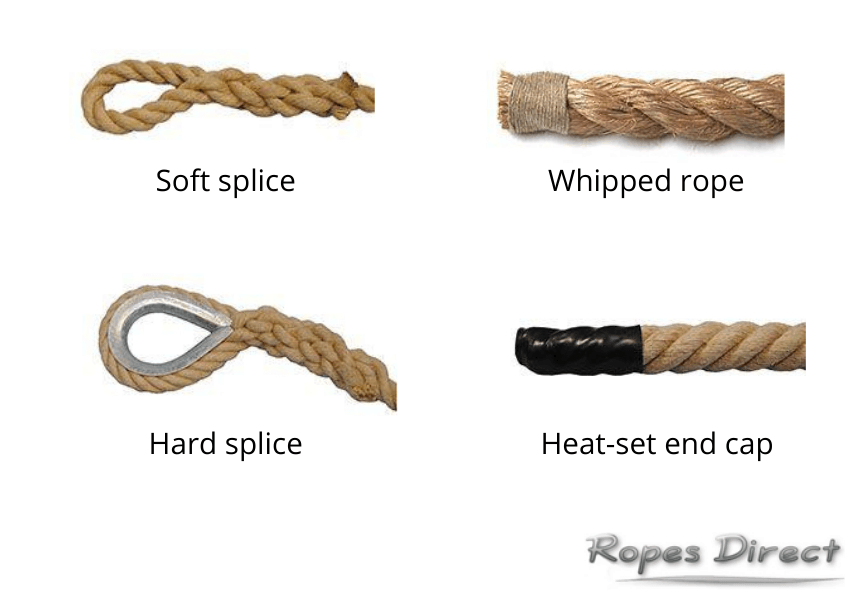
Credit: www.ropesdirect.co.uk
Frequently Asked Questions
How To Prevent Rope From Fraying?
Seal rope ends with heat to melt fibers together, preventing fraying. Use adhesive tape temporarily before a permanent fix. Apply clear nail polish for quick sealing of small ropes. Consider whipping the ends with twine for a traditional, durable solution.
Purchase ropes with factory-sealed ends for long-term use.
How To Seal The End Of Climbing Rope?
Cut the rope cleanly using a sharp knife. Heat-seal the end with a lighter or hot knife to prevent fraying. Ensure the melted end is smooth and not sharp. Let it cool before handling. Regularly inspect and reseal to maintain integrity.
How To Fix A Frayed Climbing Rope?
Inspect the frayed section of your climbing rope. Cut out the damaged part using sharp scissors. Seal the cut ends with a lighter to prevent further fraying. Discard the rope if cutting compromises safety. Always prioritize equipment integrity and personal safety.
How To Tie The End Of A Rope So It Doesn’t Fray?
To prevent a rope from fraying, tie a simple overhand knot at the end. Alternatively, use heat shrink tubing or a whipping technique for a secure finish. These methods help maintain the rope’s integrity and longevity.
Conclusion
Protecting your climbing rope from fraying is essential for safety and durability. Follow these tips to ensure its longevity. Regular checks and proper storage are key. With the right care, your rope will remain a reliable partner on your climbing adventures.
Stay safe and enjoy the climb!

